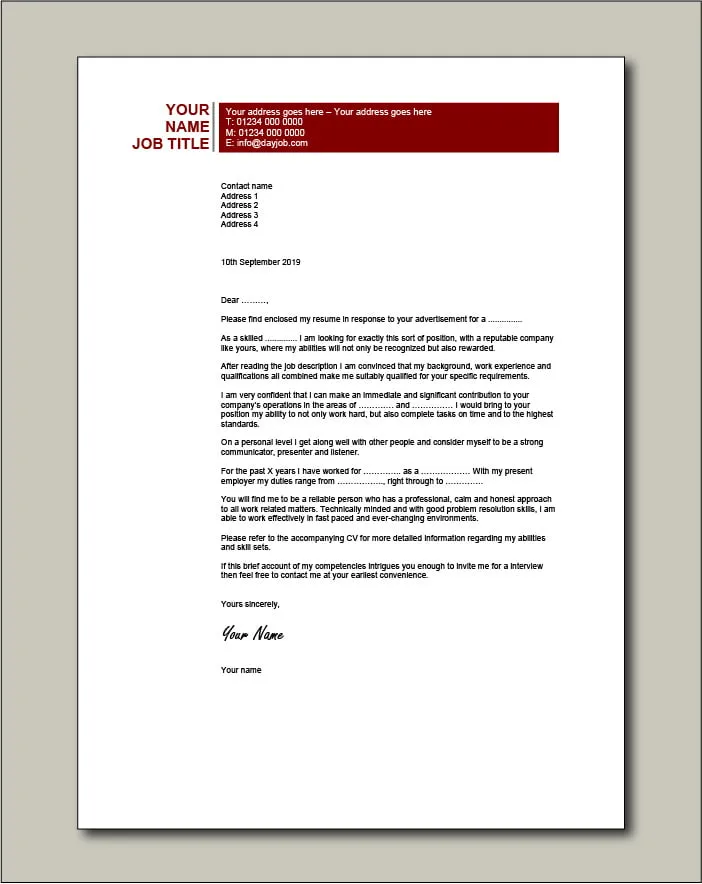What is a Cover Letter CV and Why is it Important
A Cover Letter CV (Curriculum Vitae) is a comprehensive document that provides a detailed overview of your professional and academic background. It’s more than just a summary; it’s a complete record of your skills, experience, education, and accomplishments. While a resume is typically a concise snapshot, a CV offers a deeper dive, often used in academia, research, and international job applications. Understanding the difference and when to use each is crucial for a successful job search. The importance of a well-crafted Cover Letter CV cannot be overstated. It’s often the first impression you make on a potential employer and it has a good chance to help you get the job. A detailed CV enables you to provide a holistic view of your career progression and expertise, helping employers assess your suitability for the role. It demonstrates your commitment to detail, organization, and professionalism. A strong CV can significantly increase your chances of getting shortlisted for an interview.
Key Components of a Cover Letter CV
A well-structured Cover Letter CV is composed of several key components, each playing a crucial role in showcasing your qualifications. These components work together to create a compelling narrative of your professional journey. A CV typically includes the following sections
Contact Information
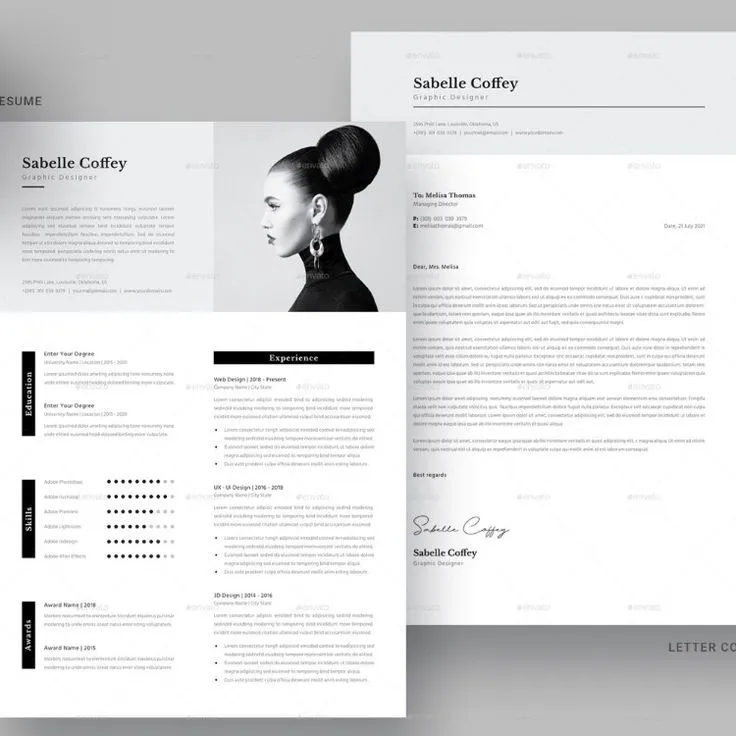
This section provides essential contact details, including your full name, phone number, email address, and professional social media profiles (like LinkedIn). Ensure your contact information is accurate and up-to-date. It should be easily accessible and professional, as this is how recruiters and hiring managers will reach out to you. Double-check that your email address is professional and that your voicemail greeting is also professional. This is often the first point of contact, so accuracy and professionalism are paramount.
Professional Summary
The professional summary is a brief overview of your skills, experience, and career goals. It acts as an elevator pitch, capturing the reader’s attention and highlighting your key strengths. Tailor your summary to match the specific job requirements, emphasizing relevant skills and experiences. Keep it concise, engaging, and results-oriented. This section sets the tone for the rest of your CV, so make sure it accurately reflects your professional identity and aspirations.
Skills Section
This section lists your technical, soft, and other relevant skills. Organize your skills logically, categorizing them for clarity (e.g., technical skills, communication skills, project management). Be specific and provide examples when possible. If you are fluent in different languages, be sure to include it on this section. Use keywords from the job description to ensure your CV aligns with the employer’s needs. This section quickly demonstrates your capabilities and helps recruiters identify if you meet the job’s requirements.
Experience Section
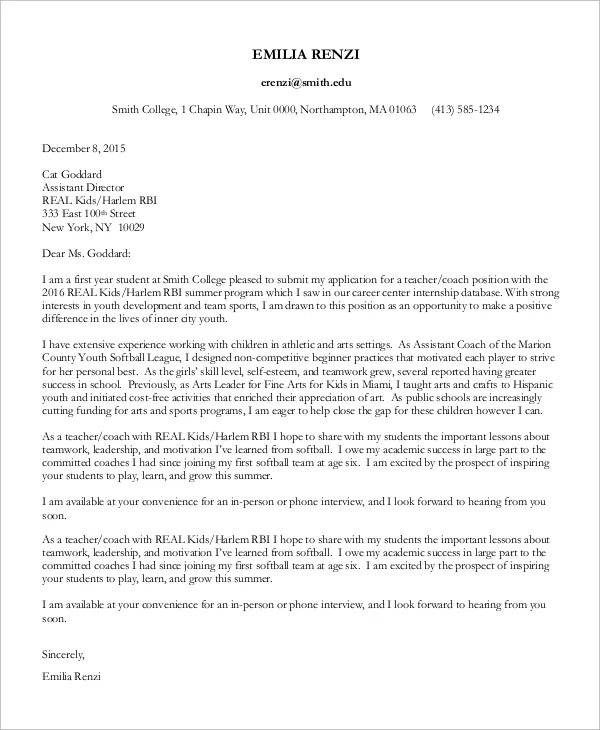
This is the most important part of your CV, detailing your work history. List your previous roles in reverse chronological order, including job title, company name, dates of employment, and responsibilities. Use action verbs to describe your accomplishments and quantify your achievements whenever possible (e.g., ‘Increased sales by 15%’). Highlight your key contributions and the impact you made in each role. Tailor this section to the job description, emphasizing the most relevant experience and skills.
Education Section
Include your educational qualifications, starting with your highest degree. List the degree name, major, university name, and graduation date. If you have significant academic achievements, such as honors or awards, include them here. For recent graduates, place this section before the experience section. For experienced professionals, the experience section typically takes precedence. Include any relevant certifications or professional development courses.
Top 7 Cover Letter CV Secrets Revealed
Crafting a standout Cover Letter CV involves more than just listing your qualifications; it requires strategic planning and execution. Here are seven key secrets to help you create a CV that captures attention and gets you noticed by potential employers. Applying these secrets will give you an advantage over other applicants.
Secret 1 Tailor to the Job Description
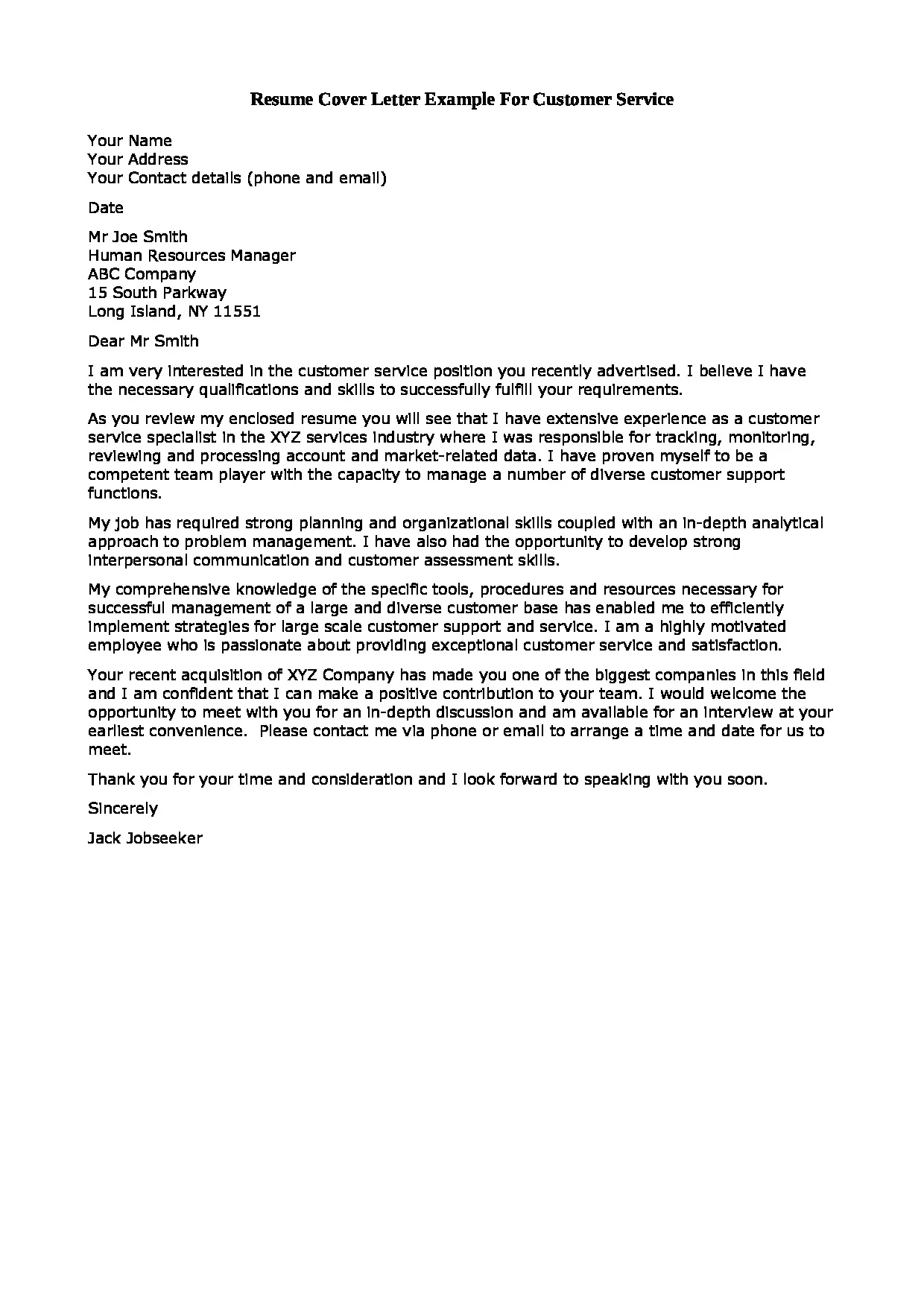
One of the most important steps, customize your Cover Letter CV for each job application. Carefully review the job description and identify the key skills, experiences, and keywords the employer is looking for. Then, tailor your CV to highlight the experiences and skills that align with those requirements. This demonstrates that you understand the role and are a good fit for the company. Customization also helps your CV pass through applicant tracking systems (ATS) by including the relevant keywords.
Secret 2 Highlight Key Achievements
Focus on achievements rather than just listing your responsibilities. Quantify your accomplishments whenever possible, using numbers and data to show the impact of your work. For instance, instead of saying ‘Managed social media accounts,’ say ‘Increased social media engagement by 30% in six months.’ This approach provides tangible evidence of your capabilities and makes your CV more compelling.
Secret 3 Use Action Verbs
Start each bullet point in your experience section with strong action verbs. Action verbs bring your experience to life and make your descriptions more dynamic and engaging. Examples include managed, developed, implemented, led, created, and improved. Avoid vague phrases and instead use verbs that clearly illustrate your contributions and achievements.
Secret 4 Quantify Your Accomplishments
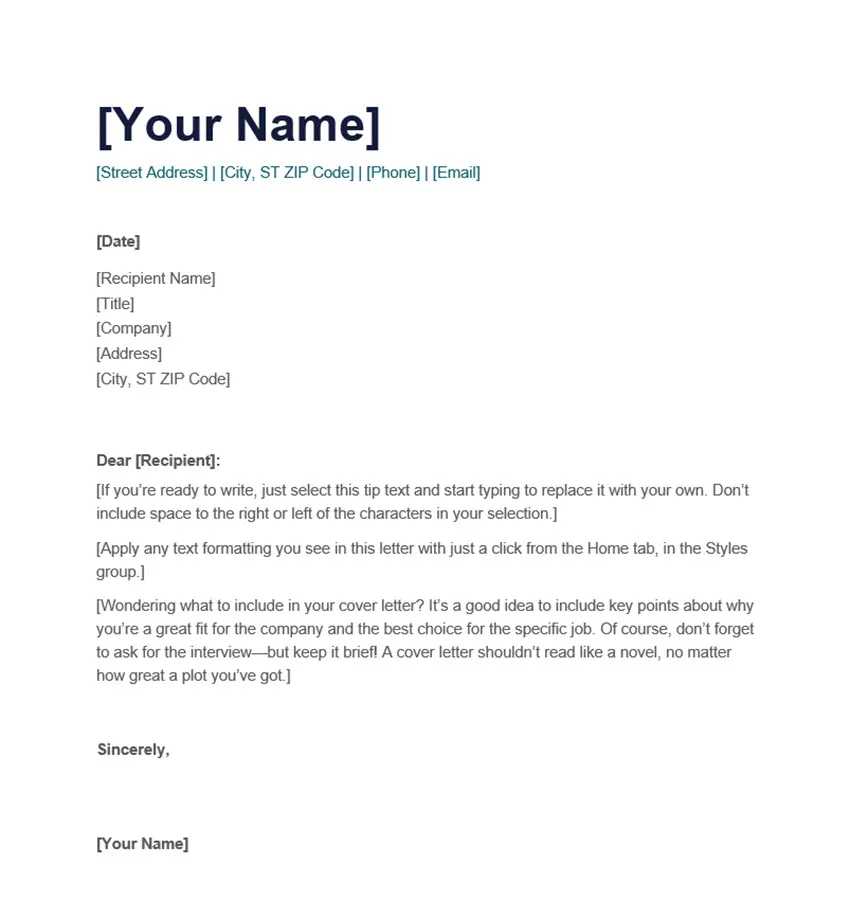
Whenever possible, quantify your achievements with numbers, percentages, and data. This adds credibility and showcases the impact of your work. Instead of saying ‘Improved customer satisfaction,’ say ‘Improved customer satisfaction by 20% through implementing a new feedback system.’ Numbers make your accomplishments more concrete and demonstrate your ability to achieve results.
Secret 5 Showcase Your Personality
While your CV should be professional, it’s also important to let your personality shine through. Use a professional but engaging tone in your summary and cover letter. Include a skills section that highlights not just technical skills but also soft skills. When appropriate, include a section for hobbies or interests to give recruiters a more well-rounded view of you. This helps employers get to know you beyond your professional qualifications.
Secret 6 Proofread Meticulously
Typos and grammatical errors can undermine your credibility. Always proofread your CV carefully before submitting it. Use spell-check and grammar-check tools, but also have a friend or colleague review your CV. A fresh pair of eyes can catch errors you might miss. A polished, error-free CV demonstrates attention to detail and professionalism. Ensure your formatting is consistent and professional.
Secret 7 Optimize for Applicant Tracking Systems ATS
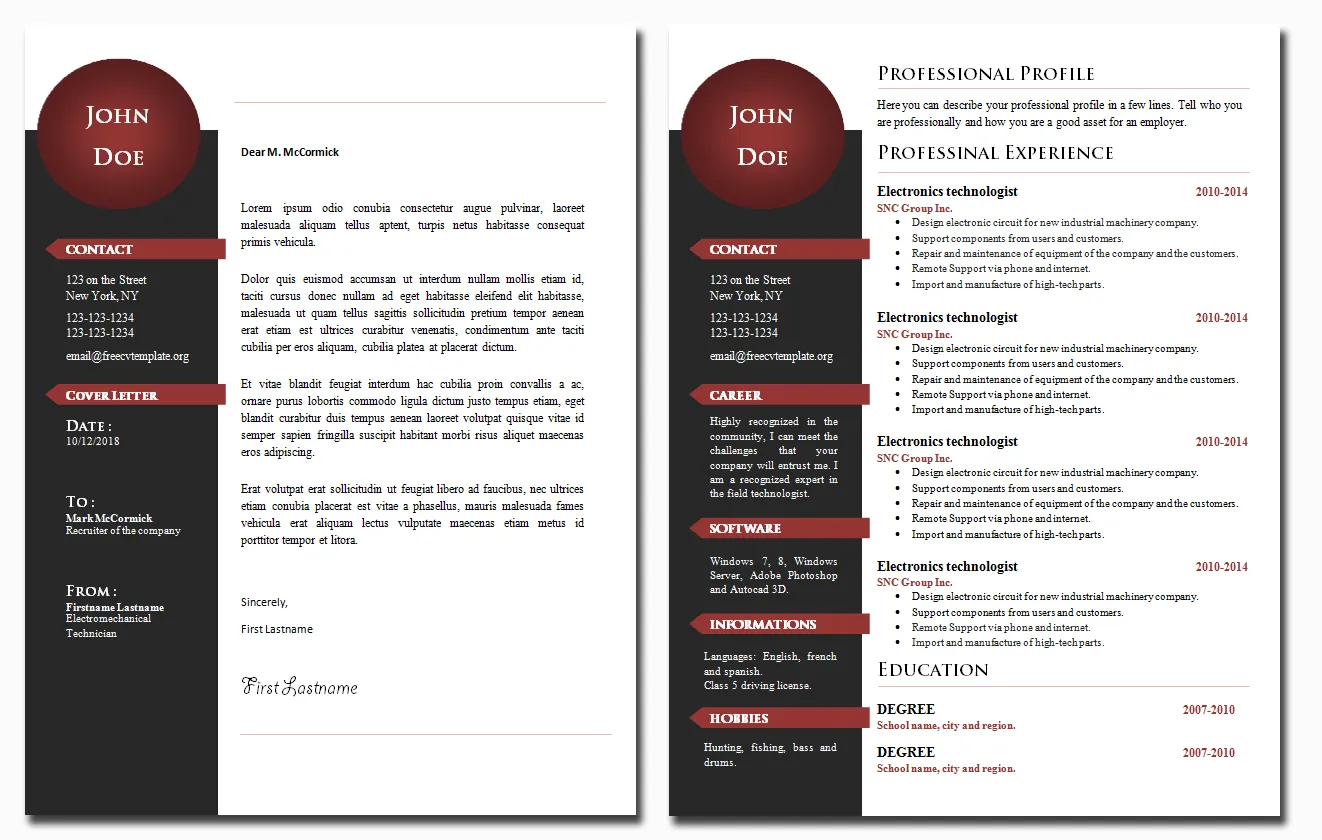
Many companies use ATS to screen resumes. To ensure your CV is not rejected by these systems, use keywords from the job description. Format your CV in a way that is easily readable by ATS (e.g., avoid complex formatting, tables, and images). Use standard fonts and clear headings. Many ATS systems can’t read images or unusual fonts properly. Therefore, follow the above guidelines to increase your chances of your CV being read by a recruiter.
Cover Letter CV Formatting Best Practices
Proper formatting is essential for creating a professional and readable CV. Here are some best practices to follow
Choosing the Right Font and Font Size
Use a clear, professional font like Arial, Times New Roman, or Calibri. Choose a font size between 10 and 12 points for the body text and 12-14 points for headings. Ensure the font is easy to read and consistent throughout the document. A well-chosen font enhances readability.
Page Margins and Spacing
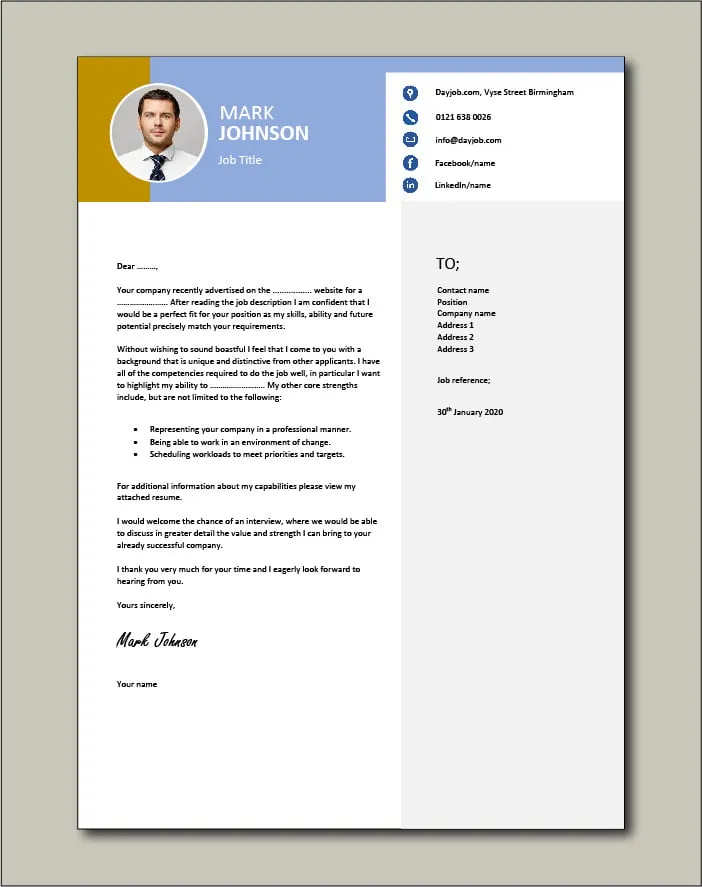
Maintain consistent margins of at least 1 inch on all sides of the page. Use single or 1.15 line spacing for the body text and double spacing between sections for easy readability. Proper spacing ensures your CV looks clean and organized.
File Format PDF vs Word
Save your CV as a PDF file to ensure the formatting remains consistent across different devices and operating systems. A PDF file preserves your formatting, preventing the layout from changing when opened by different people. Only use a Word document if specifically requested by the employer, otherwise, PDF is the safer and more professional option.
Conclusion
Creating a strong Cover Letter CV is crucial for making a positive first impression and securing job opportunities. By following these secrets and best practices, you can create a compelling document that highlights your qualifications and accomplishments. Remember to tailor your CV to each job description, emphasize your achievements, and proofread meticulously. With a well-crafted CV, you’ll be well on your way to success in your job search.
